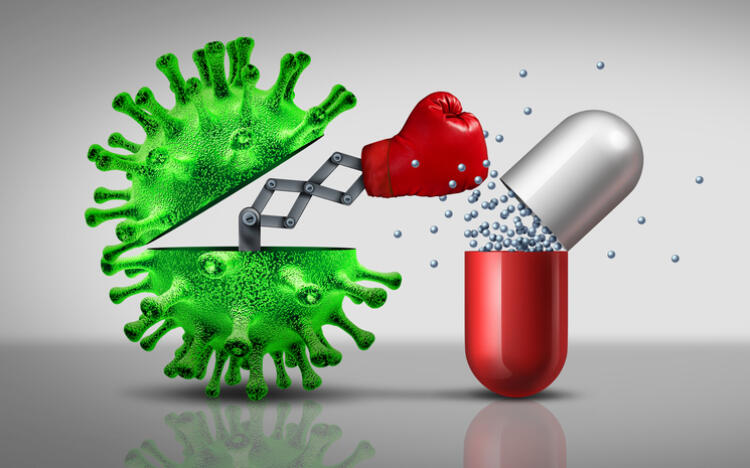In the last 50 years, there have been very few discoveries of new antibiotics.
In 2015, media reported the discovery of a new class of antibiotics, called teixobactin, as a ‘breakthrough’ and a ‘game-changer’. However the new antibiotic has not yet even been tested in people. So far it has only been shown to be toxic to bacteria in mice. It will be years before it becomes a viable treatment for humans.
This new antibiotic only works on certain types of bacteria (gram-positive), so it might help for some of the currently hard-to-treat infections, but not all of them.
For example, it is not effective against E coli (as that is gram-negative) which can be resistant to antibiotics.
In 2020, two new antibiotics were discovered from a family of antibiotics called glycopeptides, that are produced by soil bacteria. These antibiotics, corbomycin and complestatin, work by stopping breakdown of the cell wall in bacteria, which stops bacteria from dividing and reproducing. These antibiotics have shown some activity when tested in mice against drug-resistant S aureus.
The time it is taking for bacteria to become resistant to new antibiotics is getting shorter, so even if new antibiotics are discovered, this will likely become an issue again if we don’t change the way we use antibiotics.
